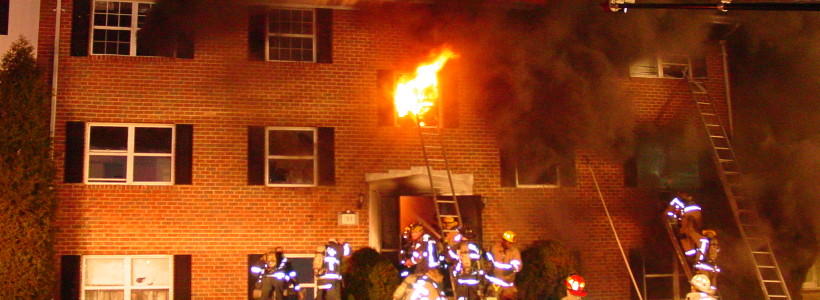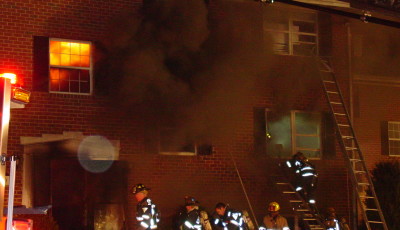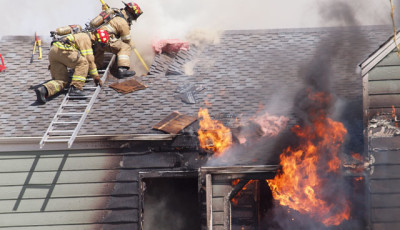Truck Companies and the Garden Apartment Fire – A Case Study: Part 2
Hopefully you have had the chance to review the information in part 1 of our series and the associated NIST and NIOSH documents. As we pointed out in part 1 this is not a critique of what the folks on the ground did or did not do that day. It is a learning opportunity.
Task For The First In Trucks
As you remember, I am a huge advocate of pre-assigned task by position on the rig. Identifying the task we must carry out in this type of occupancy is the first step in figuring out what we need to be doing.
- Task 1 Forced Entry. This task should be assigned to the officer or the jumpseat firefighter.
- Task 2 Search. Assigned to the same 2 personnel as above
- Task 3 Rescue. Assigned to the outside vent positions (driver & tiller or additional jumpseat FF). This is to remove occupants presented on balconies or at windows.
- Task 4 Ventilation. Again let the controversy begin. (driver & tiller or addition jumpseat FF). In addition the search FF. That position is responsible for popping the scuttle or attic hack in the top of the stairway.
As we have identified the needed task, let’s examine them one at a time.
Forced Entry
This task may require two personnel. We must first gain entry to the apartment building if needed, then to each apartment. This is a labor intensive operation and time consuming.
We must first identify the apartment that is involved and make sure our attack team is in position and ready to go before we force the door to that apartment. This is critical to the survivability of folks operating above the fire. The truck officer is the key person to ensure the safety of the interior stairwell.
I am going to jump to Ventilation now, because it goes hand in hand with the ability to maintain the survivability of the floors above.
Ventilation
Almost nowhere in any type of fire do I believe ventilation, or tactical ventilation, to be more important. Remember that tactical ventilation is the controlled systematic removal of heat and gases from a structure that is burning. If we fail to control the ventilation on this type of event (given the roof isn’t already burning off), we set the stage for really bad things to happen.
First and foremost we must vent opposite the attack crew when and only when they are ready to make the push. My experience has been that most of the time that ventilation has already occurred before we arrive. If it hasn’t yet we must control the timing.
The outside vent position needs to be in position to make this happen. In addition, the ventilation of the stairwell must be performed early if it hasn’t already occurred as a result of burning the roof off.
Once we force the door(s) to involved apartment(s), the byproducts of that burning area moves out and up. Collecting on the highest floor and making the stairwell untenable. If we prioritize that vertical vent process, we create an out path for that heat and gas.
Some may say you have created a ‘flow path’.
I say you are correct.
The flow path out of the apartment is created when we make entry into the involved apartment. We should now be focused on preventing the build-up of gases on the floors above.
The only way I see to do that is put the fire out and/or vent above our heads! Remember I am strictly talking about the truck company and not putting the “wet stuff on the red stuff.” I always like to plan for the worst and hope for the best. So, let’s operate like things are going to get worse and carry out or ventilation plan based on that fact.
In the next article of this series I will discuss the other tasks and conclude our incident.
Until then, be safe, keep low and LEARN!
Photos Courtesy: FADO Fox, BaltCoFD
Part 2 of 3
Part 1 Link: https://firefightertoolbox.com/truck-companies-garden-apartment-fire/
Part 3 Link:










